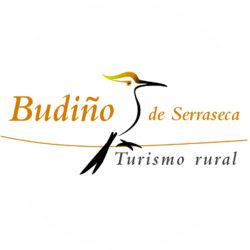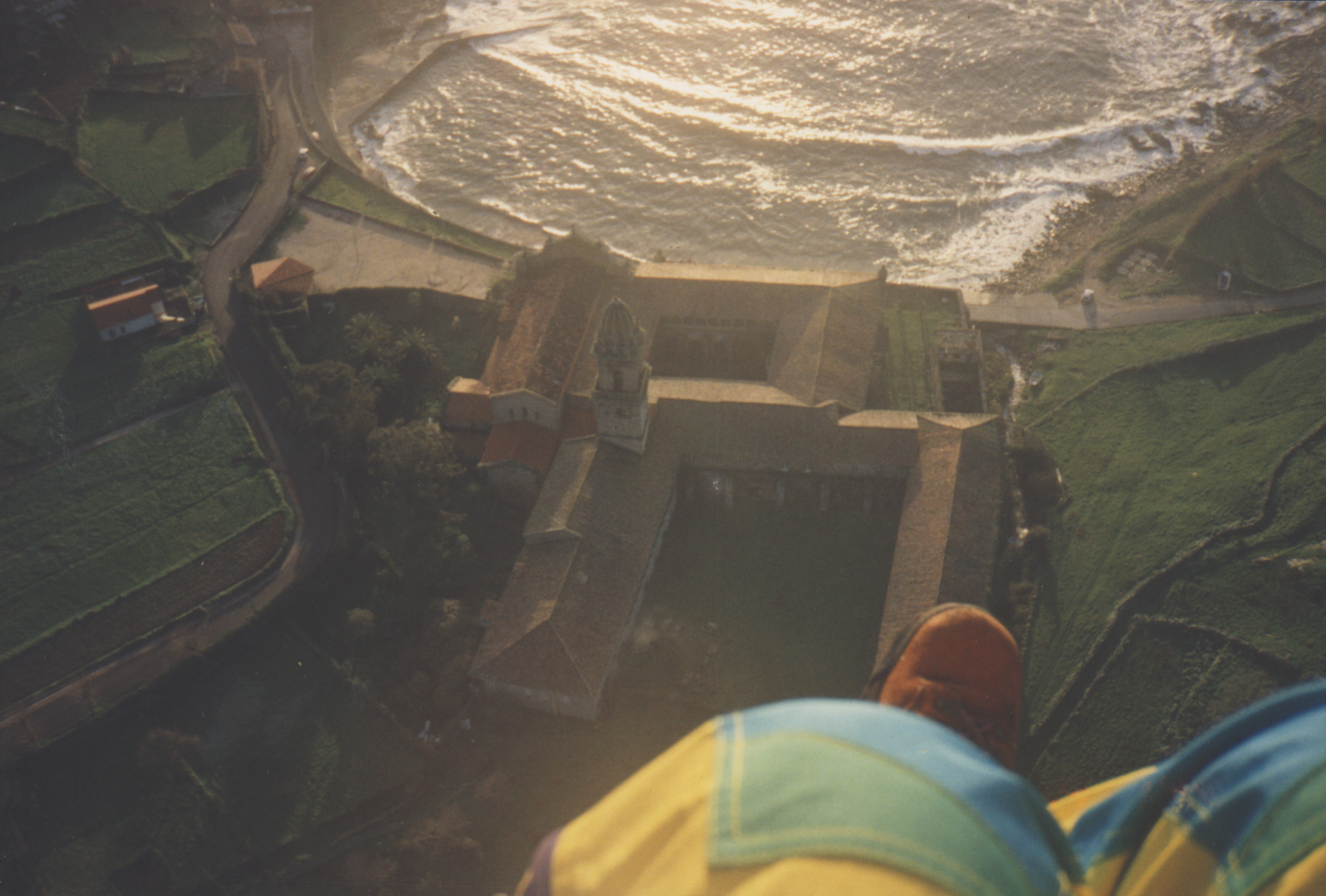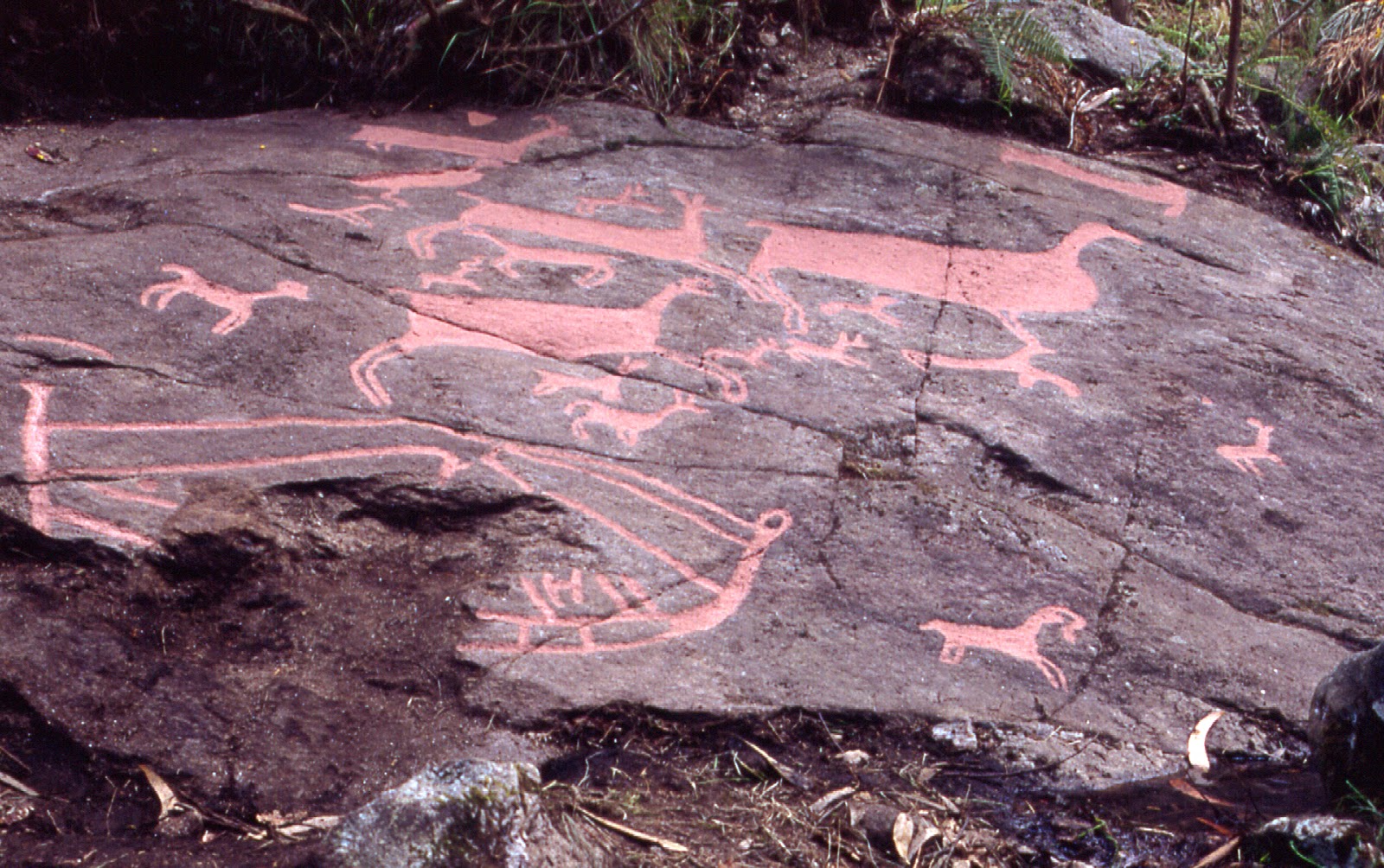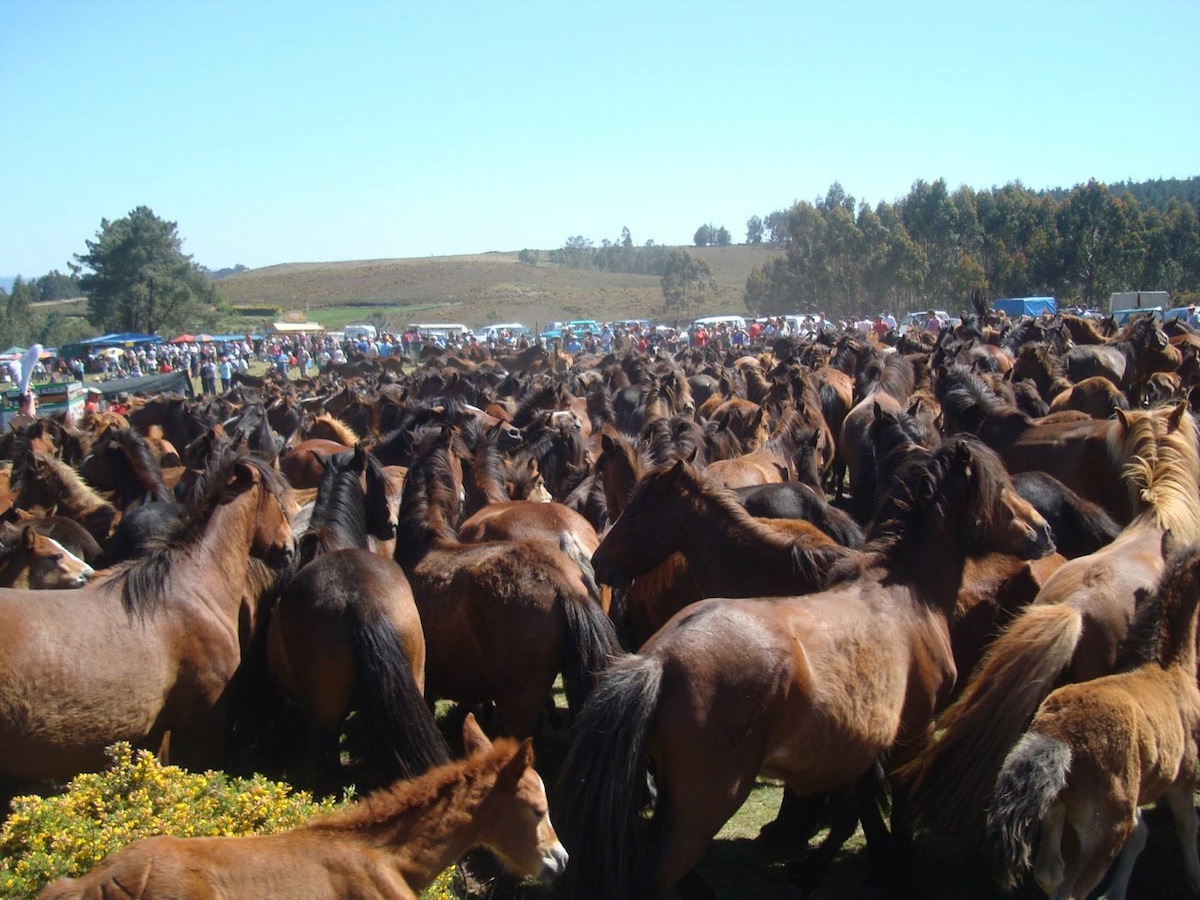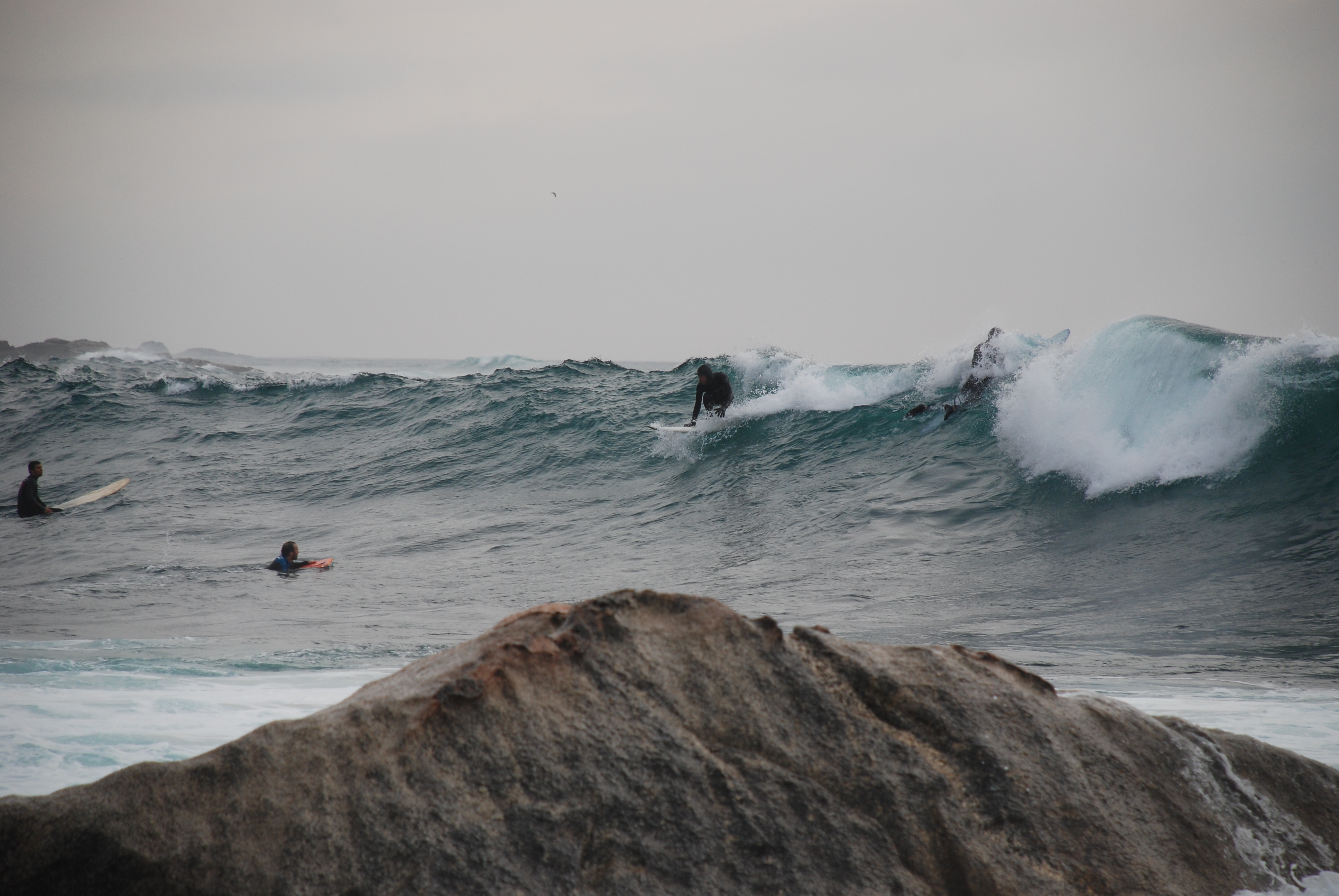Of a historical nature:
The development of Oia is linked in the Middle Ages to the foundation of the monastery of Saint Mary of Oia by King Alfonso VII in 1132. This Cistercian monastery is situated by the sea and is of a Gothic style.
In its area many archaeological remains of great interest are preserved,the cave art points of Cabeciña, in Mougás; Pedra do Cazador (hunter stone) in Pedornes with hunting scenes, Pedra Escrita (written stone), in Burgueira, with the engraving of a huge labyrinth of 110 cm in diameter; or Auga dos Cebros, in Pedornes, where a vessel with its mast and sails is shown.
Of a traditional nature:
In Oia the traditional Rapa das Bestas is still kept alive. The existence of horses is already documented in some petroglyphs in the parish, but the monks of Saint Mary were the ones who promoted the breeding of horses in freedom.
Nowadays on the hillsides, between Gondomar and A Guarda, hundreds of wild horses graze the whole year. In spring they are put together to be branded in the curros. Valga curro starts in May the season of rapa das bestas, followed by the one in Torroña, on the second June Sunday takes place the curro in Mougás and on the third in Morgadáns.
Paragliding
Trecking
Water sports (fishing, sailing, surfing, diving…)
Horse riding
Thalassotherapy
